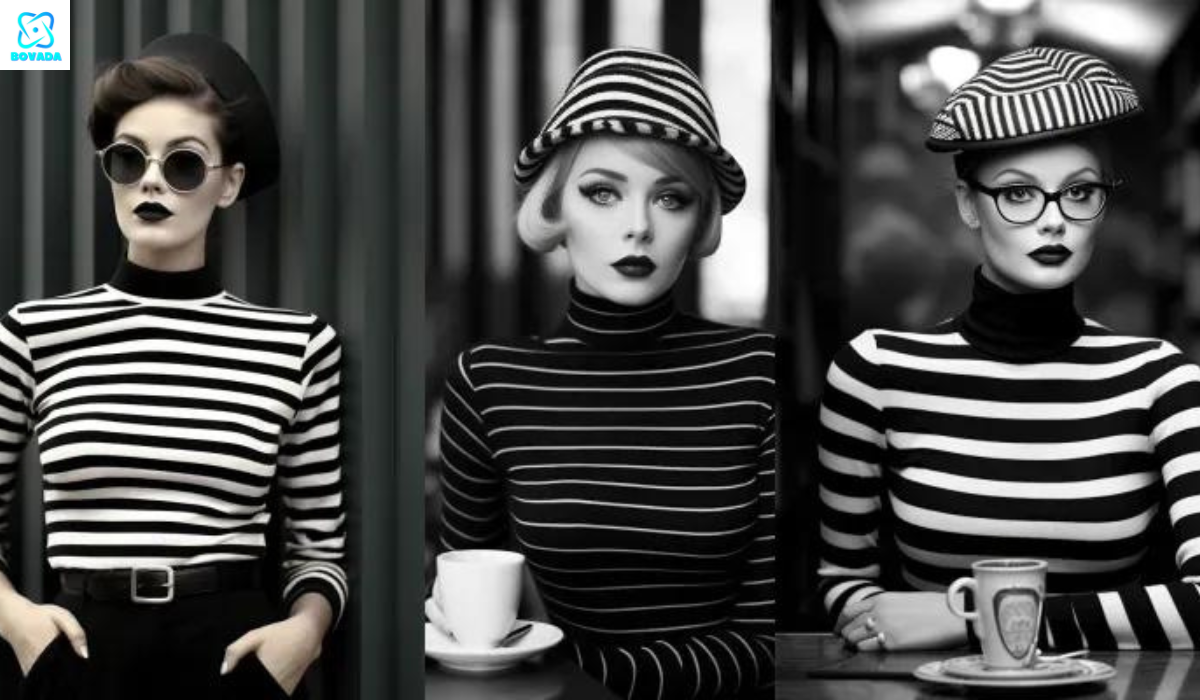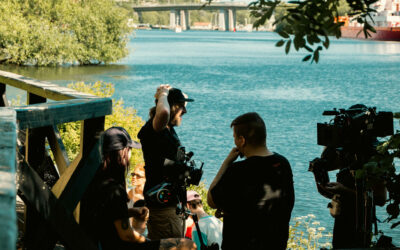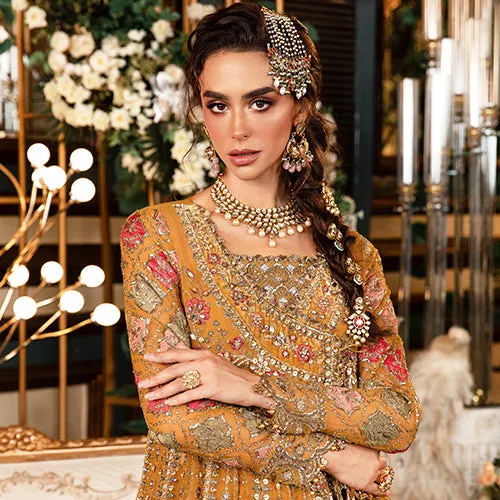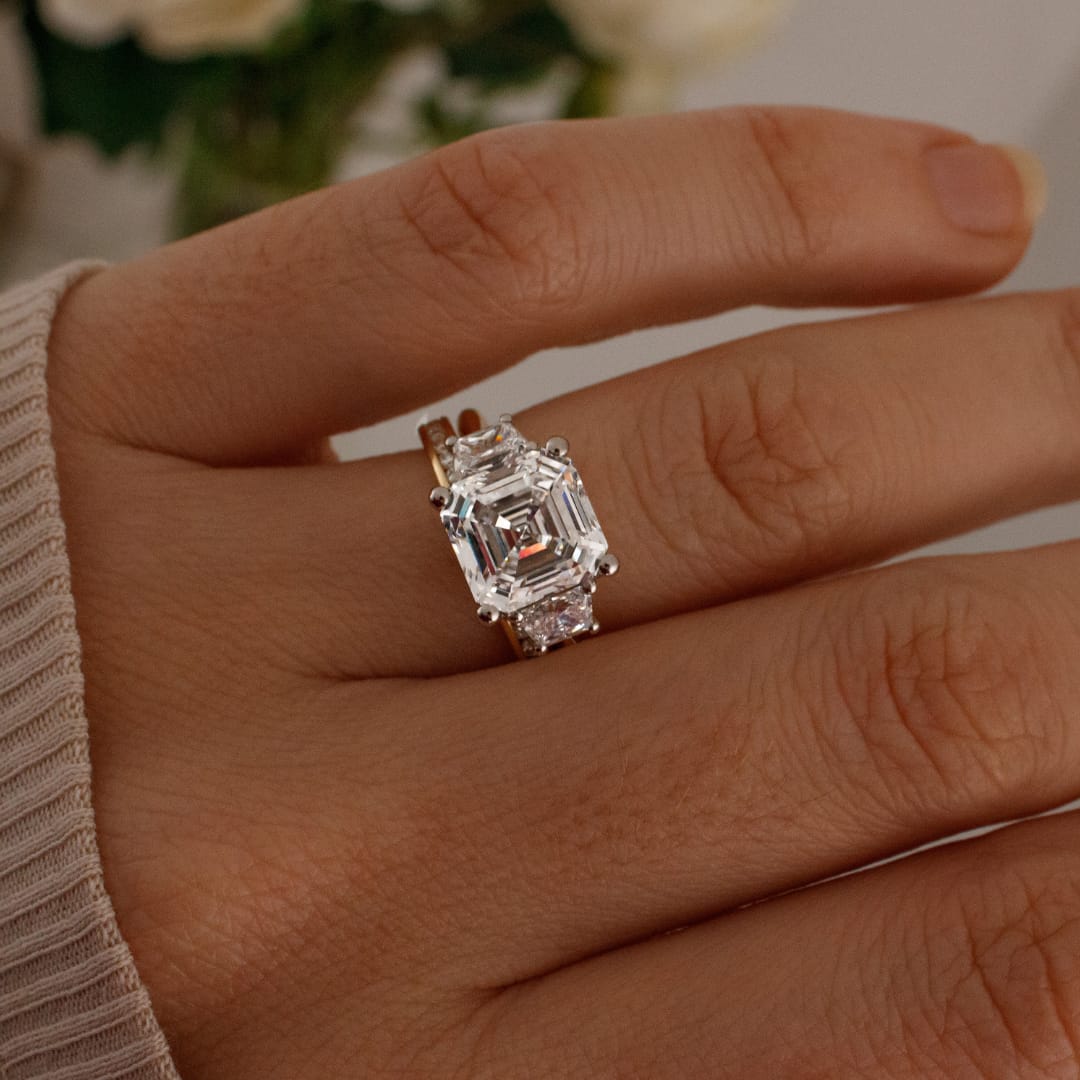1950s Beatnik Fashion: A Trip over the Unruly Style of a Culture

Introduction to 1950s Beatnik Fashion
The 1950s were an extraordinary period set apart by critical social movements, and among the most notable of these was the ascent of the Beat Age. The Hipsters, as they were frequently called, was a gathering of scholars, craftsmen, and masterminds who dismissed regular cultural standards and communicated their contradiction through writing, music, and design. Hipster design, specifically, turned into a visual portrayal of their free thinker ethos and lastingly affects style patterns. We should dig into the pith of 1950s Beatnik fashion Nonconformist style and investigate what worked everything out such that it is of a kind and compelling.
The Origins of Beatnik Fashion
Hipster design arose as a resistance to the moderate, neat, and tidy styles that overwhelmed standard 1950s America. The Beat Age, enlivened by creators like Jack Kerouac and Allen Ginsberg, tried to break liberation from cultural limitations, and their decisions regarding attire mirrored this longing for independence and opportunity. The expression “Maverick” itself was begotten by San Francisco editorialist Spice Caen in 1958, mixing “Beat” from the Beat Age with “Nik,” repeating the Russian Sputnik, representing a kind of underground, nonconformist development.
Key Elements of Beatnik Style
Black as a Statement
Dark was the characterizing shade of Hippie style. This decision of variety was an elaborate inclination as well as an image of defiance. Dark turtlenecks, pants, and berets became inseparable from the Maverick look. Dark was a dismissal of the splendid, pastel varieties well known in standard 1950s beatnik fashion, addressing an unmistakable difference to the period’s predominant standards.
Turtlenecks and Striped Shirts
Turtlenecks were a staple in Hippie closets. They were straightforward, flexible, and radiated a scholarly atmosphere. Striped shirts, frequently clearly, were additionally well known. These things were generally matched with thin-fit pants or pants, underlining a lean, moderate outline that was both viable and slick.
Berets and Accessories
Berets, especially dark ones, were a famous embellishment among Mavericks. They added a dash of European style, intelligent of the Beat Age’s profound respect for French existentialist masterminds and specialists. Shades, scarves, and thick, bohemian adornments were additionally normal, adding to the mixed, imaginative energy of the style.
Beatnik Footwear
Radical footwear was about reasonableness and solace. Dark artful dance pads and loafers were liked by ladies, while men usually settled on basic, dark calfskin shoes. The footwear decisions were shown at this point and refined, lining up with the general soft methodology of Maverick design.
The Influence of Jazz and Literature
Jazz music and writing were at the core of Maverick culture, and their persuasions were clear in design. Jazz clubs were famous home bases for Radicals, and the casual, smoky environment of these settings impacted their laid-back, casual style. The writing of the Beat Age, with its topics of existentialism and investigation, likewise enlivened the reflective, to some degree testy style of Hippie design.
The Impact of European Cinema
European films, especially French New Wave films, altogether affected Radical design. Films like “Winded” and “The 400 Blows” highlighted characters with a cool, easy style that Hipsters looked to copy. The style in these movies was show at this point complex, epitomizing the very feeling of intellectualism that the Beat Age appreciated.
Gender and Beatnik Fashion
Hipster style obscured customary orientation lines well before it became standard to do such. All kinds of people in the Beat Age leaned toward comparative styles — thin pants, dark turtlenecks, and basic, useful footwear. This hermaphroditic way of dealing with style was progressive for the time and laid the preparation for future developments that would challenge orientation standards in dress.
The Legacy of Beatnik Fashion
The tradition of Nonconformist design is apparent in advanced styles. The moderate, monochromatic look that was so normal for the Beat Age has affected incalculable design developments throughout the long term. Architects have more than once drawn motivation from the Hippie style, appreciating its straightforwardness, tastefulness, and nonconformist roots.
Visit for more about fashion:
Perceptive the Story Tragic Fashion Model Carangi Crossword Clue
Conclusion
1950s Maverick design was something other than a style; it was an assertion of distinction, intellectualism, and defiance of cultural standards. From the pervasive dark turtleneck to the notorious beret, Maverick’s design encapsulated an age that looked to rock the boat and put themselves out there through their dress.










